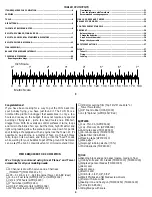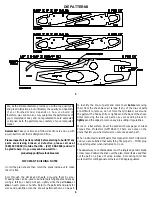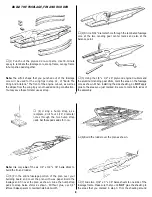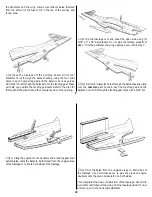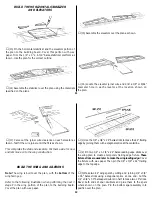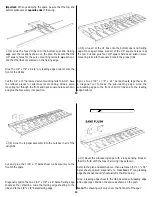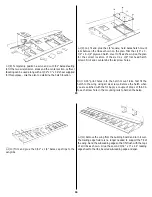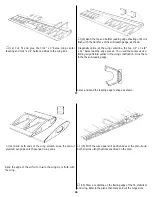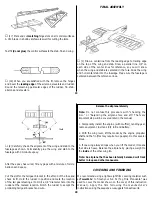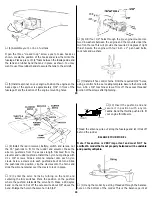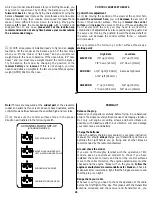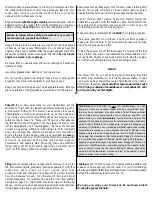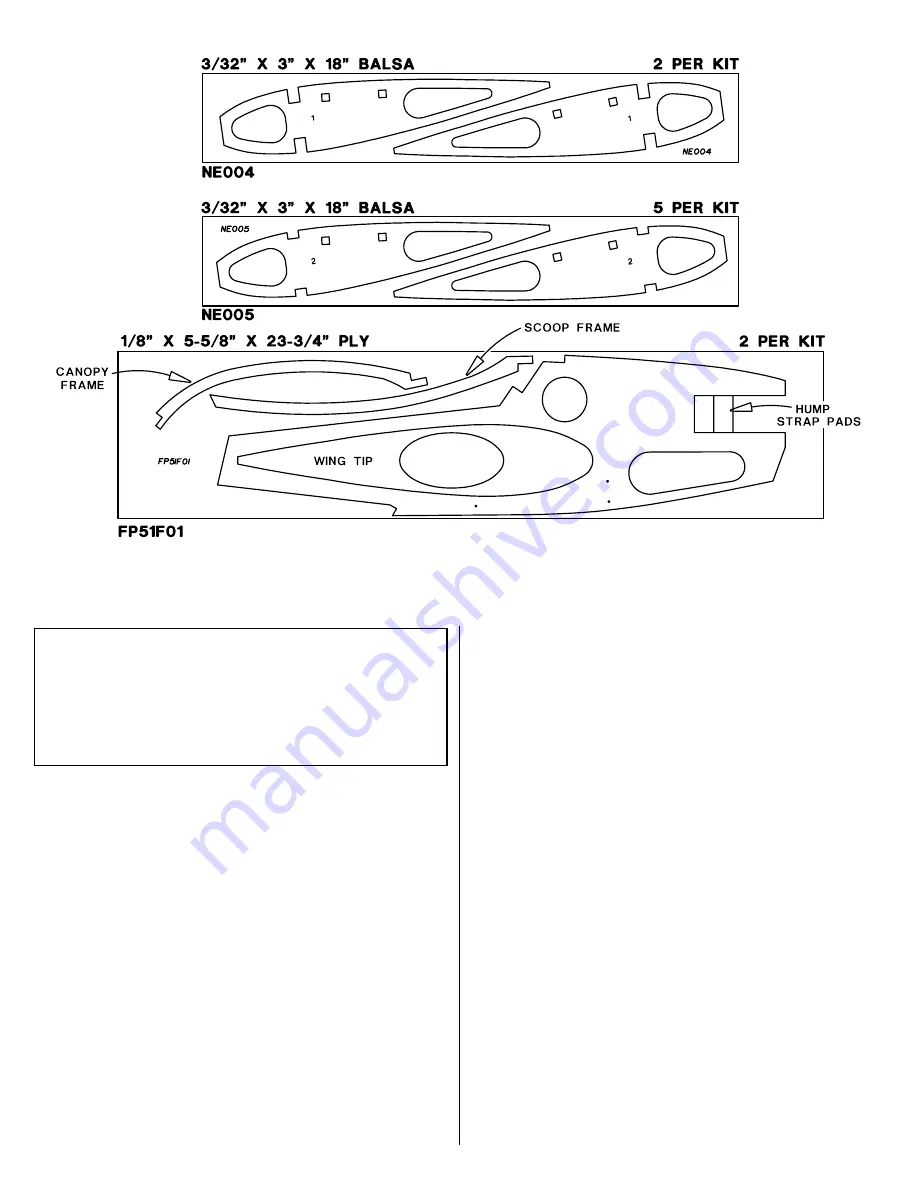
5
6
Remember: Take your time and follow directions to end up with
a well-built model that is straight and true.
Please inspect all parts carefully before starting to build! If any
parts are missing, broken or defective, please call us at
(800) 637-6050 (Outside the USA - (217) 398-3636) and we’ll
be glad to help. Or, you may send an e-mail to:
IMPORTANT BUILDING NOTES
Unroll the plan sheets, then reroll the plans inside-out to make
them lie flat.
Sort through the sticks and sheets, grouping them by size.
Masking tape can be used to bundle matching sheets and sticks.
Using a felt tip or ball point pen, lightly write the part name or
size on each piece or bundle. Refer to the parts list and plans for
sizes and quantities. Use the die-cut patterns shown on page 5
to identify the die-cut parts and mark them before removing
them from the sheet. Save all scraps. If any of the die-cut parts
are difficult to remove, do not force them! Instead, cut around
the parts with a hobby knife or lightly sand the back of the sheet.
After removing the die-cut parts, use your sanding block to
lightly sand the edges to remove any die-cutting irregularities.
Work on a flat surface. Cover the plans with wax paper or Great
Planes Plan Protectors (GPMR6167). There are notes on the
plans that tell you what material to use to make each part.
When instructed to
test fit parts, this means DO NOT USE GLUE
until you are satisfied that everything fits properly – THEN glue
the parts together when instructed to do so.
The easiest way to cut balsa sticks is with a single edge razor blade
or razor saw. Position the stick over the plan, mark its size and then
cut the part on a piece of scrap lumber. A modeling miter box
works well for cutting square corners and 45 degree gussets.
We, as the kit manufacturer, provide you with a top quality kit
and great instructions, but ultimately the quality and flyability
of your finished model depends on how you build it;
therefore, we cannot in any way guarantee the performance of
your completed model, and no representations are expressed
or implied as to the performance or safety of your completed
model.
DIE PATTERNS


